Arctic permafrost is currently undergoing rapid changes. While regions like Alaska, the Russian Arctic or Svalbard have several long-term monitoring sites, the knowledge on permafrost distribution, thickness and change in general, and on rockglacier dynamics in particular, is very limited for Greenland.
Finally, in summer 2021, we travelled to Disko Island, Greenland and successfully installed several fixed differential GPS’ to derive ground surface movements on two different rockglaciers. On the selected sites, we also installed temperature loggers to measure Ground Surface Temperatures (GST) and derive local permafrost conditions. In addition, we conducted extensive site visits for geomorphological mapping and repeated the photogrammetric survey of the rockglaciers using a UAV (unmanned aerial vehicle). With this, we compiled the first data for our project on rockglacier dynamics.
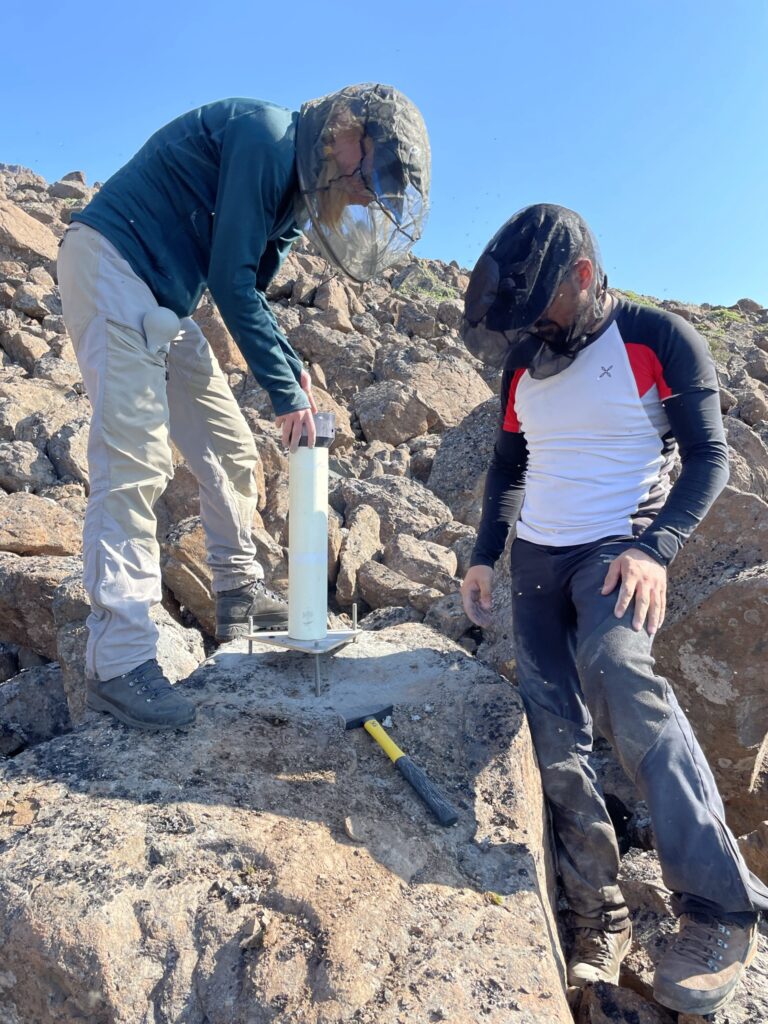
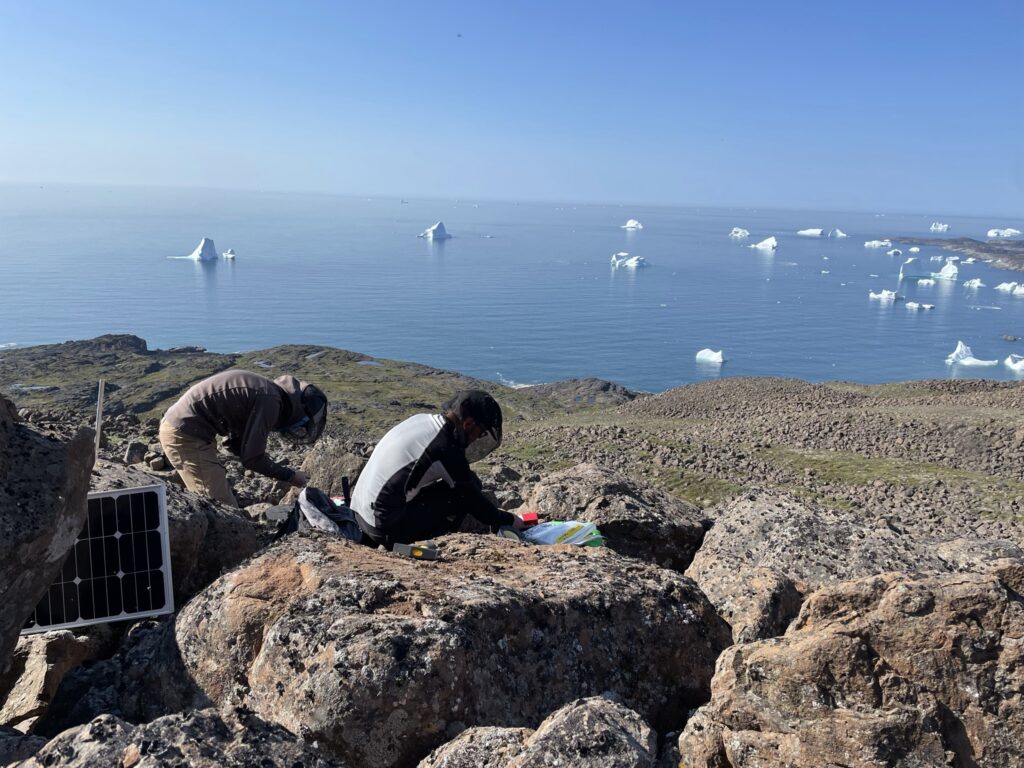
Our fieldwork was challenged by complex logistics, the transport of heavy material (not by helicopter, but by container ship and by foot), the short-term drop out of important colleagues, the short-term familiarisation with unknown methods, as well as by everyday things such as shopping, cooking and washing up. In a team of three, we successfully managed all this very well by continuous communication, social get-togethers, regular card-game tournaments and individual freedom… important components of successful fieldwork that should not be underestimated. We all enjoyed the trip very much, including long travels and muscle ache.
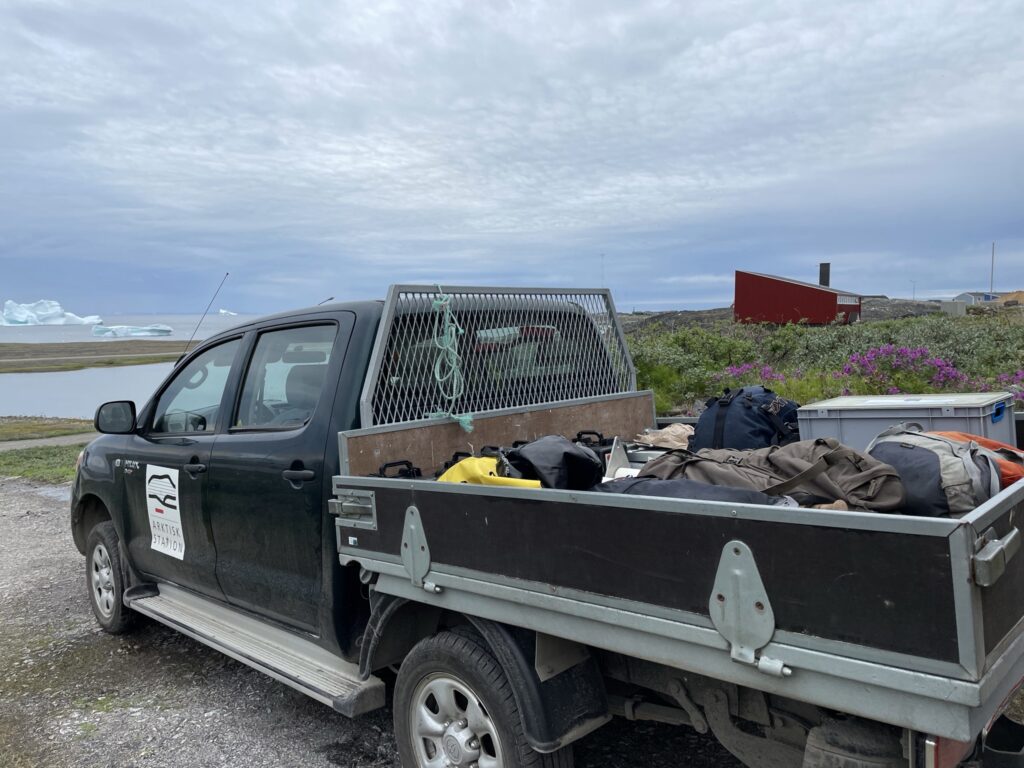
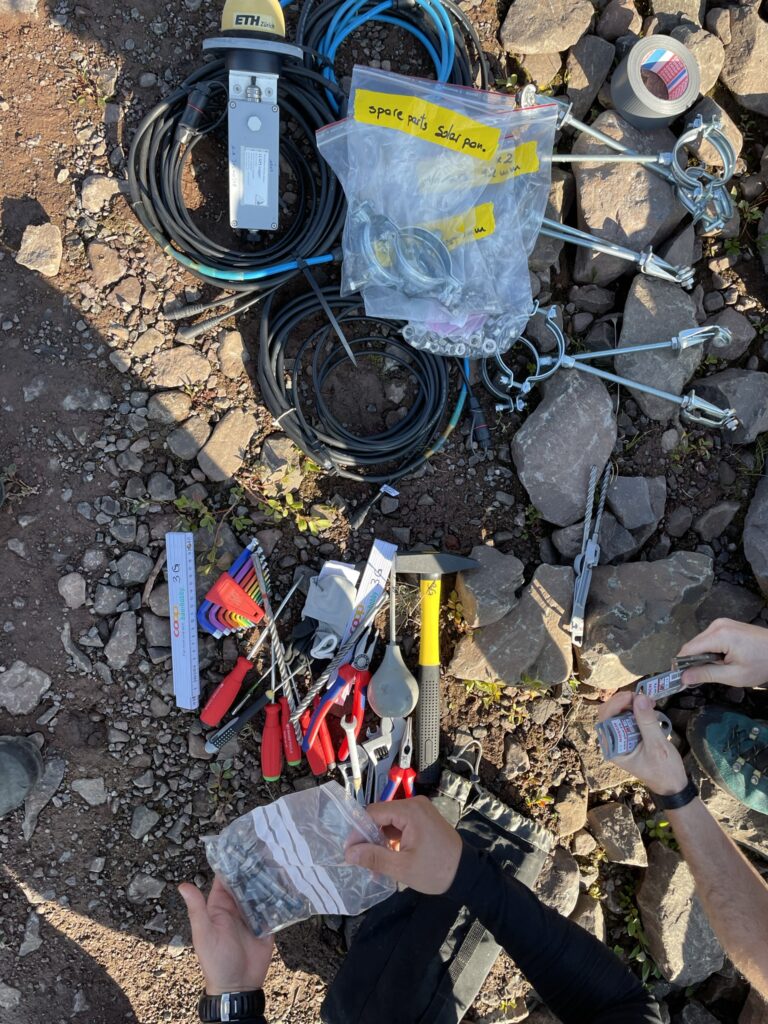
Now, we look very much forward returning to Disko Island this summer (2022) and we hope for some interesting data from the GPS devices, prolonged GST series and good weather conditions for another UAV survey. The rockglacier community eagerly awaits these data, as it closes a data gap for the Greenland region. The continuous and high-resolution positioning data will serve as validation data for the InSAR-based analysis of rockglacier kinematics and – together with the temperature data – will allow for a more comprehensive picture of permafrost conditions in western Greenland.
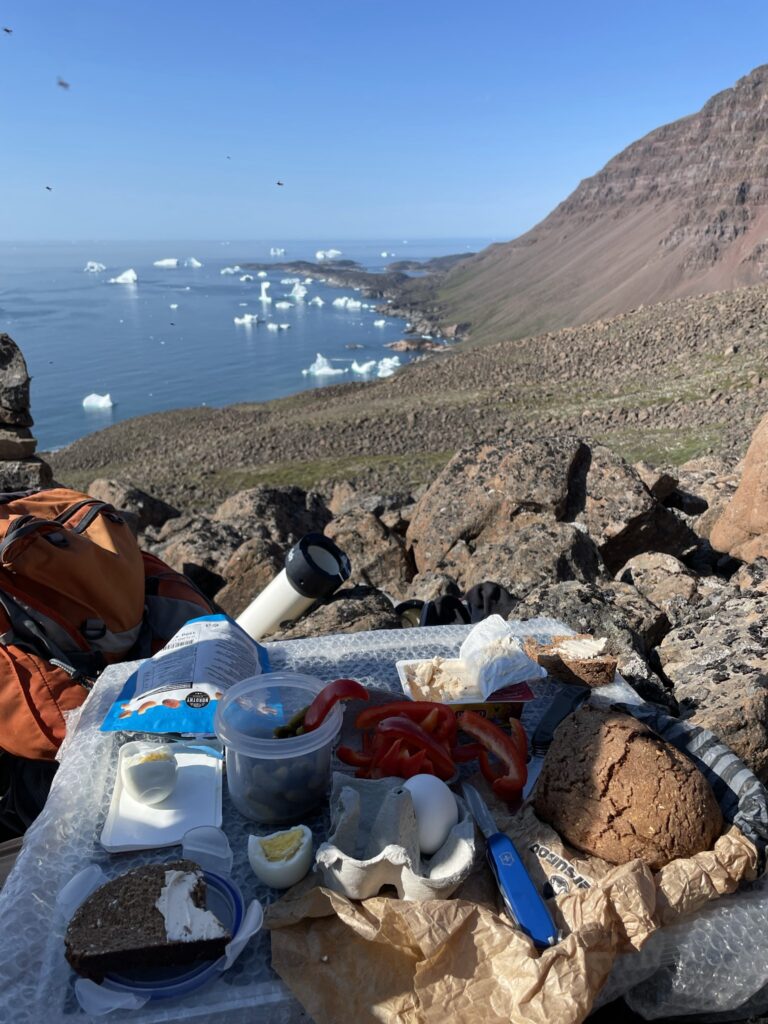
Beside this, the project provides added value to other cryosphere-related projects performed in Greenland. These focus on current glaciation (SNF-funded project working on Jacobshavnbreen) and on palaeoglaciology, such as the SPI-funded project (Polar Access Fund) of our colleague Gerald Raab on the erratic reminiscences of glacial history of Disko Island. With Gerald, we also spent some time together in the field and exchanged information on the cryospheric developments and related landforms.
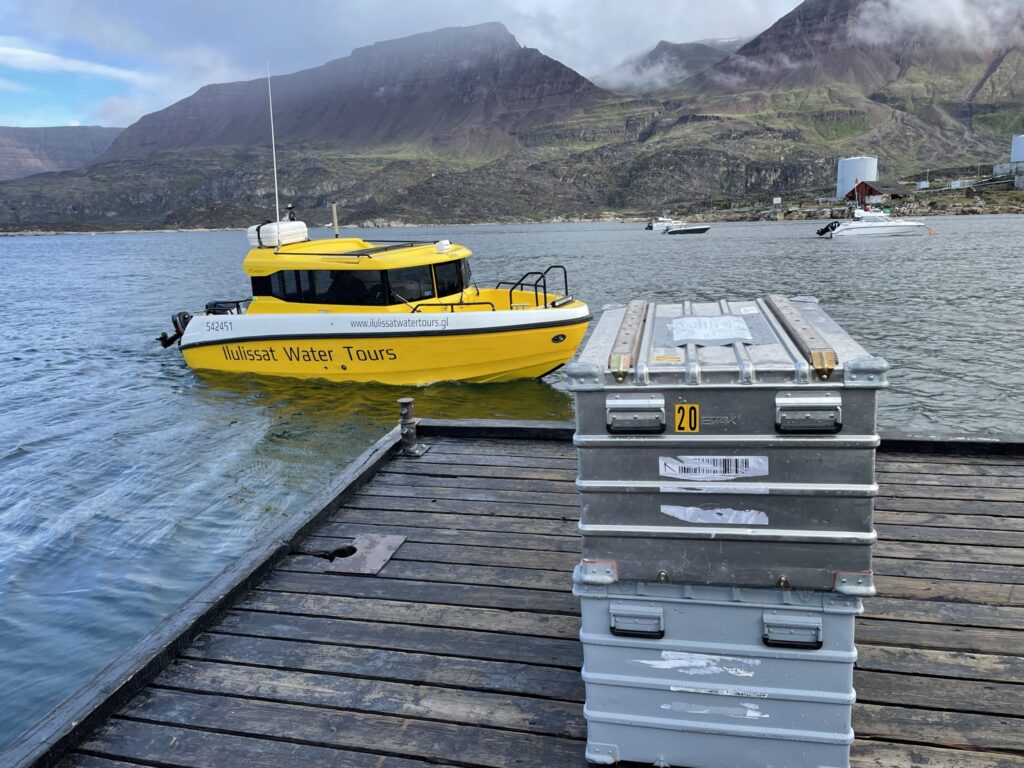
Isabelle Gärtner-Roer is a senior researcher in the Glaciology and Geomorphodynamics Group, at the University of Zurich. Her field trip took place in 2021 with financial support from an SPI Exploratory Grant.
Header photograph: The town of Qeqertarsuaq with the rockglacier slope in the background. © Isabelle Gärtner-Roer, all rights reserved.